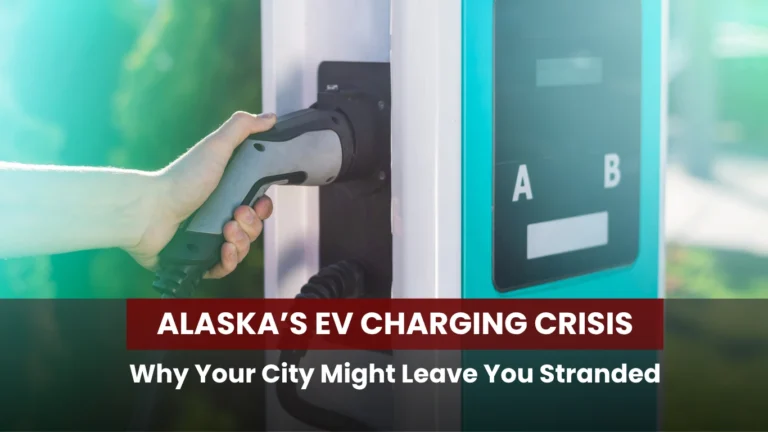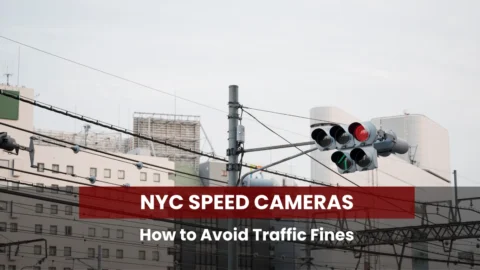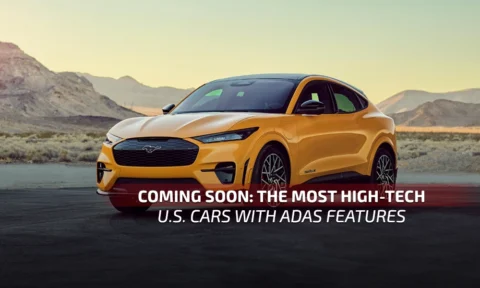Alaska has always driven to its own rhythm. Vast distances, sub-zero winters, and communities separated by hundreds of miles make transportation here unlike anywhere else in the United States. This was what intrigued me initially when I was looking at how individual states were taking to EV adoption.
The Alaska problem is unique. It is a non-contiguous state, which means it is physically separated from the rest of the country by Canada. For drivers embracing the shift to EVs here, the unique features of this state create equally unique challenges. While much of the country is rolling out chargers along highways and in city centers, Alaska faces what many are calling an Alaska EV charging crisis.
If you live in Anchorage, Fairbanks, or the Interior, or plan to travel there, you need to be aware of the EV charging situation there. Learn why charging access feels so fragile, how cold weather compounds the problem, what federal funding promises, and what strategies can help you avoid getting stranded as I explore the Alaskan EV charging crisis in this blog.
Why the EV charging crisis in Alaska looks different
In most of the other states, policymakers talk about “charger gaps” as stretches of 20 to 50 miles without a station. In Alaska, that’s viewed as a luxury. Distances between major towns often exceed 100 miles, with little to no infrastructure in between. Add in seasonal construction windows and higher build costs in rural locations, and the problem magnifies.
That’s why the EV infrastructure challenges in Alaska aren’t just about building more stations. They’re also about building them in places where power grids are weak, winters are brutal, and the nearest mechanic could be a hundred miles away.
NEVI plan Alaska funding: Federal help with local hurdles
The good news is that federal programs have Alaska on their radar. The NEVI plan for Alaska funding, which is part of the National Electric Vehicle Infrastructure program, earmarks tens of millions to cover corridor fast chargers from Anchorage to Fairbanks and beyond. This includes specific plans to place chargers along the Parks Highway and the Glenn/Richardson routes.
The less-good news? Federal politics slowed everything down. In early 2025, national disputes over NEVI funding temporarily stalled Alaska’s buildout. For months, projects sat in limbo. Eventually, Alaska’s $50 million allocation regained momentum, but the stop-start exercise exposed how fragile deployment timelines can be when they depend on federal approvals.
So, while federal funding for Alaska EV chargers exists, delays have been frustrating for communities and drivers who need solutions right now, not in three years from now.
Where Alaska EV charger availability stands today
- Anchorage
Drivers here are in relatively good shape. PlugShare shows over 100 public charging points across the city, including multiple DC fast chargers. That means most urban residents can keep their EVs topped up without fear.
- Fairbanks
Here, it is a different story. The city and surrounding Interior towns collectively have fewer than 20 public charging stations, and only a handful are true DC fast chargers. Outside these hubs, things get unpredictable. Along long stretches of the Alaska Highway or between towns like Tok and Delta Junction, you’ll still find corridors with no NEVI-compliant fast charger at all.
This means Alaska EV charger availability depends heavily on where you live or where you’re driving. Anchorage may feel nearly on par with Seattle, while the Interior feels more like uncharted territory, where you would be better off with an ICE vehicle.
Range anxiety in Alaska
If infrastructure weren’t enough of a challenge, Alaskans also face the reality of reduced performance in cold climates. Studies from the University of Alaska Fairbanks (UAF) and the National Renewable Energy Laboratory show that cold snaps can cut range by 10% to 40%. That’s before you account for the extra battery drain from running cabin heaters and defrosters.
For example:
- A Nissan Leaf rated for 226 miles might deliver closer to 150–160 miles during a deep Interior winter.
- A Tesla Model Y, which averages around 300 miles of range, might lose 80–100 miles in extreme cold.
This reality induces range anxiety in Alaska. It’s the constant calculation Alaskans have to make of “Will I make it to the next station?” For highway travel, it’s basically survival planning.
Interior Alaska EV charging stations
The Interior, especially Fairbanks, is a focal point for state planners. The Interior Alaska EV charging stations network is in place on paper, but is volatile and unreliable. The Alaska Energy Authority (AEA) has installed some chargers along the Parks Highway corridor between Anchorage and Fairbanks, creating lifelines in places like Healy. Yet delays tied to NEVI funding pauses and grid limitations have kept many planned projects from breaking ground.
Imagine a winter drive from Fairbanks to Denali. In theory, chargers exist to make the trip feasible. In practice, if even one station goes offline or is temporarily blocked, it can leave drivers without options. This vulnerability highlights how the interior Alaska EV charging stations still aren’t robust enough for worry-free adoption.
Fast chargers on Alaska highways
The ultimate goal is to get EV fast chargers on Alaska highways at least every 100 miles, ideally every 50. NEVI guidelines set these targets, but in reality, everything lags behind. Building in Alaska means navigating permafrost, frozen ground, and high-cost logistics. In some locations, even getting transformers or equipment delivered requires barges or air transport.
While funding exists, Alaska has yet to meet national corridor standards. And until those fast chargers are built and maintained, if you are an EV driver, you will have to plan for contingencies on every road trip in Alaska.
Cold climate charger performance
The Alaskan cold doesn’t just affect batteries. Even the chargers are impacted. Some DC fast chargers can slow significantly or even shut down if not properly insulated or heated. While engineers are testing heated enclosures and insulated cables, widespread rollout remains limited.
Drivers have shared stories of plugging into a charger in −25°F only to discover it was offline or slowed to a crawl. Others report success with stations in Anchorage and Wasilla, where site preparation for the cold was much more thorough. These stories highlight the unpredictability of EV cold climate performance in Alaska, making it an issue that state planners must address through better equipment standards and cold-weather engineering.
Federal funding for Alaska EV chargers: Promises vs. delivery
On paper, Alaska has secured around $50 million in NEVI-related funds. The goal is to build about 100–150 fast-charging ports statewide over the next few years. But “funding allocated” isn’t the same as “charger built.”
Until the money flows consistently and projects survive permitting, construction, and seasonal weather limitations, Alaska’s EV charging network will remain thin and unreliable.
Practical tips for Alaskan EV drivers today
If you’re already behind the wheel of an EV in Alaska or thinking about it, I’ll give you a few practical ways to manage the current Alaska EV charging crisis:
- Use multiple apps like PlugShare, ChargePoint, and AEA’s maps before every trip.
- Always travel with a buffer in mind. If your car says 100 miles, assume 60–70 in deep winter.
- Precondition smartly. Heat the cabin and battery while plugged in before departure to save range.
- Carry a backup cable. A Level 1 portable charger can’t save you on the highway, but can help overnight in rural areas with basic outlets.
- Think hybrids for rural use. A plug-in hybrid may be a safer bet until highway infrastructure improves.
- Get your voice heard. Public comments on NEVI sites and utility planning meetings influence where chargers are built.
FAQ: Alaska EV charging explained
Yes. Anchorage has over 100 public chargers and several DC fast-charging locations. For local driving, you’re well covered.
Fairbanks has fewer than 20 public chargers, with about a dozen fast chargers. Trips beyond Fairbanks require careful planning.
Studies show a 10–40% reduction depending on temperature, driving style, and heater use. A 300-mile EV might deliver closer to 200 miles in deep cold.
NEVI funding helps, but political delays, inclement weather, and high construction costs mean Alaska won’t reach full corridor coverage overnight.
Yes—Anchorage to Fairbanks and other corridors are priorities. But construction timelines mean many stretches remain uncovered today.
Summing up the crisis and the path forward
Alaska’s EV charging landscape is a story of ambition going against geography and climate. Long distances, extreme cold, and fragile infrastructure have created a true Alaska EV charging crisis. While NEVI plans for Alaska funding and federal funding for Alaska EV chargers promise relief, delays and high costs mean EV drivers will continue having to deal with Alaska EV charger availability issues, range anxiety, and fragile Interior charging networks for the foreseeable future. The future of EVs in Alaska depends on building cold-ready, corridor-based fast chargers across highways. Until then, if you are planning an EV trip here, ensure you plan carefully and are ready to contend with the possibility of being without charge in the middle of nowhere.
Want clarity on your car choices? Visit Ask About Cars.






